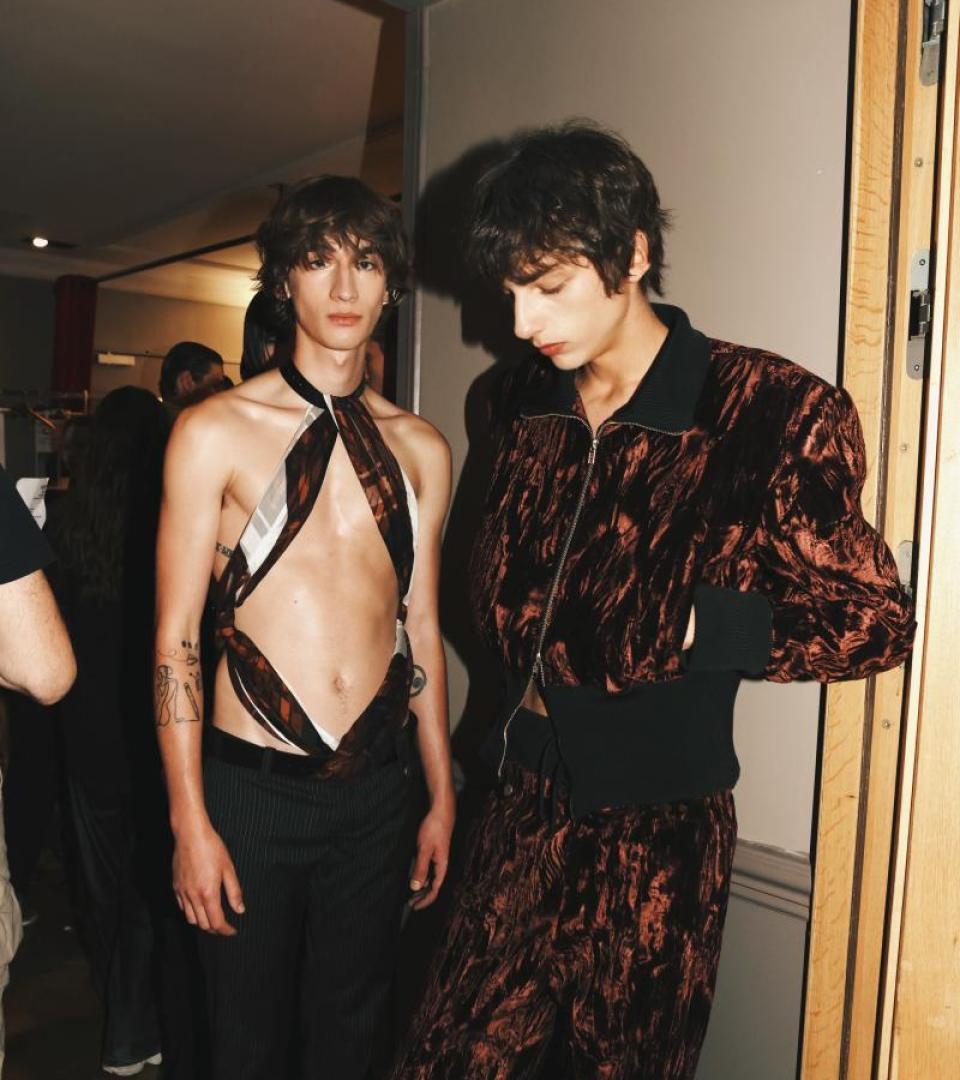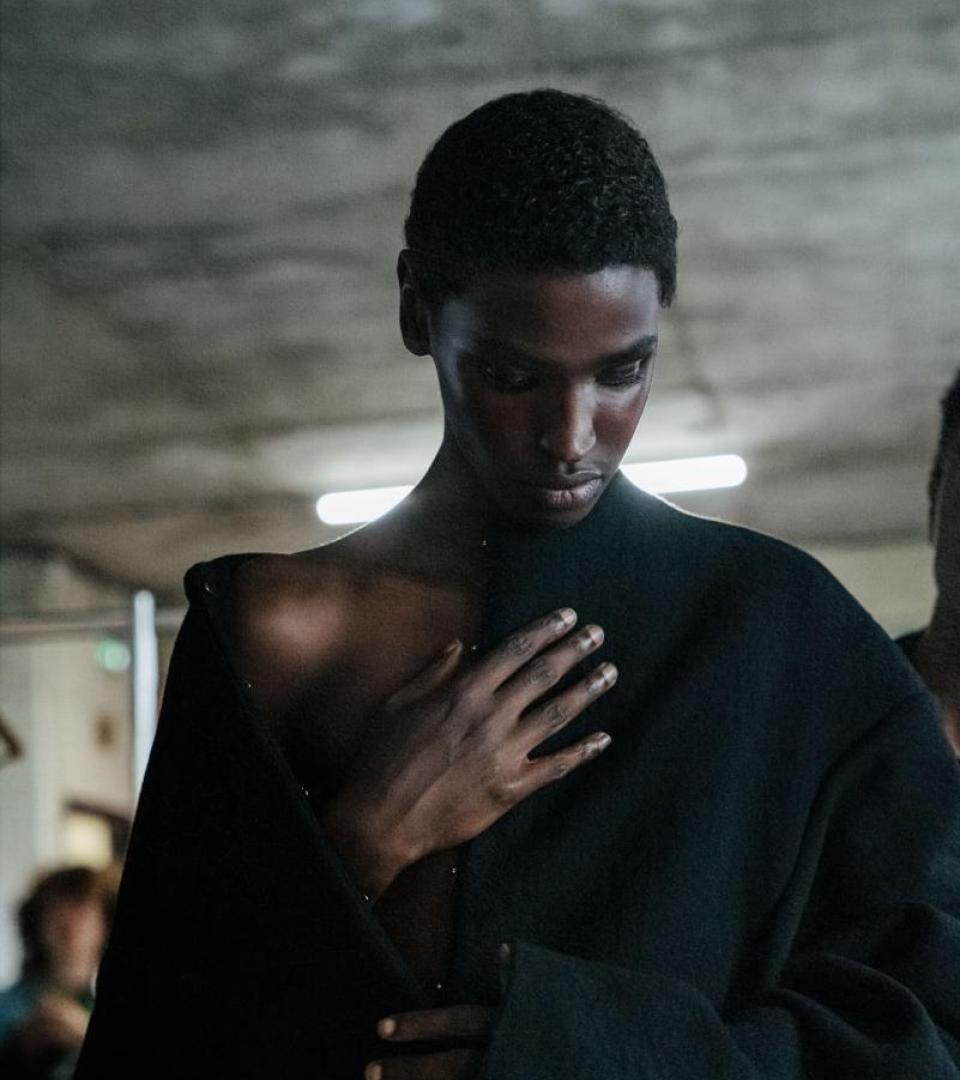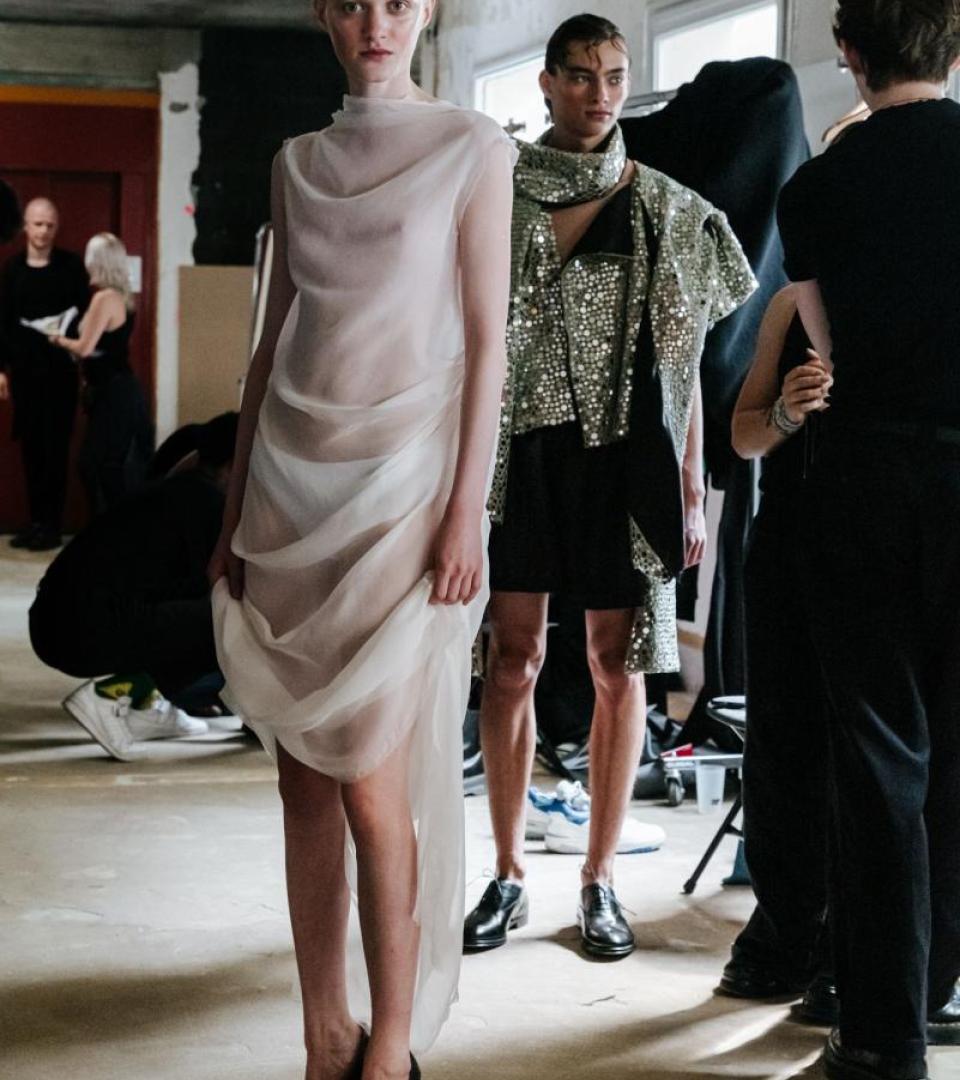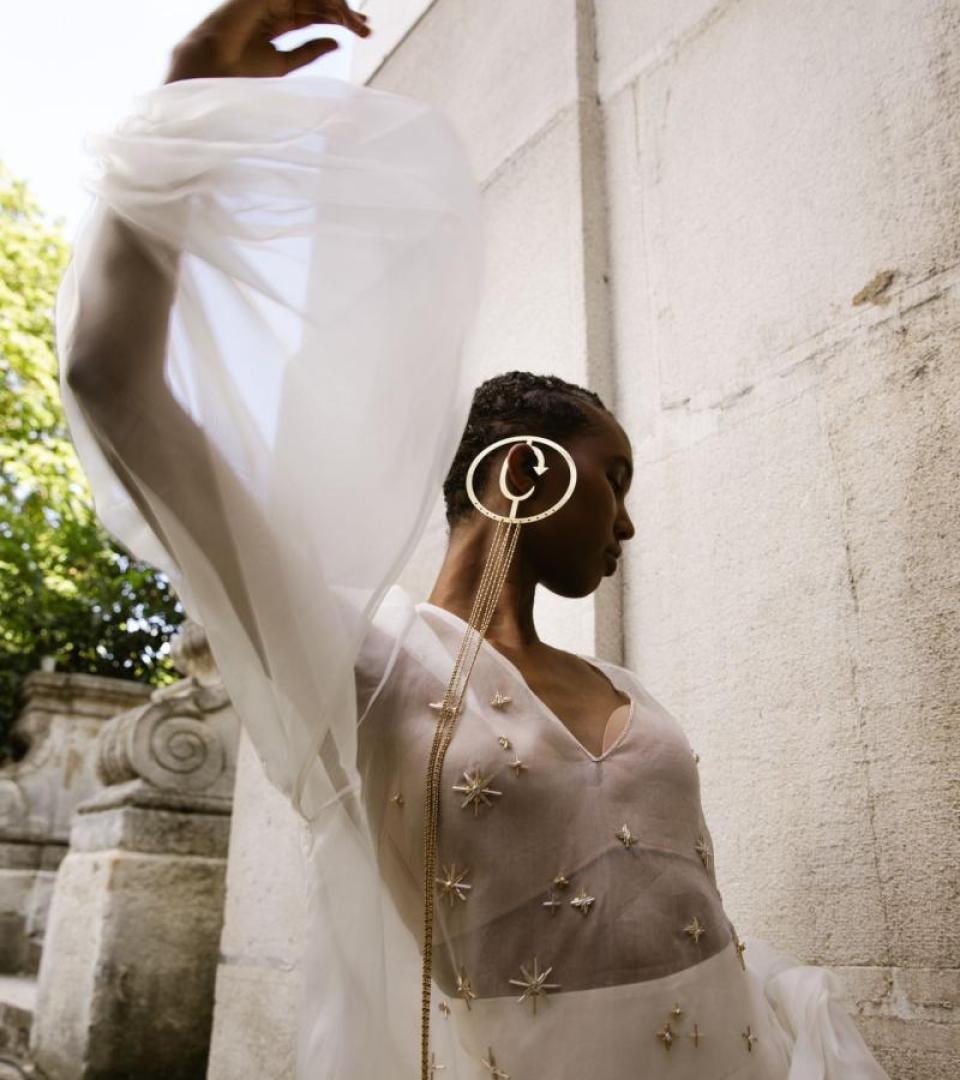Where do you look for new ideas or voices in fashion?
Great question. Discovering new ideas and voices in fashion requires looking beyond the obvious runways and into the edges where culture, creativity, and innovation intersect. Whether it’s a student’s hand-stitched protest garment, a digital artist’s virtual fashion drop, or a stylist’s reimagining of a diaspora tradition, the future of fashion lives in the edges, not just the runways.
What is the most significant change you are seeing in fashion right now?
It is a fundamental redefinition of what fashion is for. Fashion is evolving from being about status and spectacle, to being about meaning, identity, community, and care — in both physical and digital realms. It’s no longer just about what we wear, it’s about what we stand for when we wear it.
Who or what is generating the greatest influence in fashion today?
It comes from a decentralized, cultural ecosystem where digital communities, independent designers, musicians, and value-driven consumers all shape the direction of fashion together. Fashion isn’t just being designed anymore, it’s being co-authored.
What defines Haute Couture in a contemporary context?
Haute couture today is where fashion meets fine art, governed by heritage, shaped by individual vision, and evolving through innovation — all while adhering to the rigorous standards that define it as the pinnacle of fashion craftsmanship.
How essential is heritage and/or a distinctive identity in contributing to a brand’s success?
Heritage gives you roots. Identity gives you wings. For a brand to succeed long-term (especially in fashion), one or both must be compelling, consistent, and culturally resonant.
In what ways are you seeing fashion houses enhance their identity/image through experiences beyond the runway?
Fashion houses today are crafting universes, not just collections. They enhance their identity by creating experiences that reflect their values, aesthetic codes, and cultural ambitions, across mediums like art, architecture, film, music, education, and technology. The runway is just the beginning; then the real brand story unfolds across every touchpoint.
People sometimes think of Haute Couture as more formal and fancier. Is this still the case?
Haute Couture is still formal, but “formal” doesn’t mean what it used to. It can be a red-carpet gown, a sculptural bodysuit, or even a hand-beaded denim jacket, and what really matters is craftsmanship, exclusivity, and artistic vision — not necessarily “fanciness” in the old-fashioned sense. Haute Couture today is less about dressing like royalty and more about wearing art made for your world.
When was the last time you marvelled over something in fashion?
A recent moment of marvel in fashion came during Maison Margiela’s Artisanal Spring 2024 show by John Galliano. It wasn’t just a runway, it was a theatrical, sensory, immersive narrative experience. It proved that fashion can still shock, seduce, and stir the soul all at once.
There seems to be more overlap between fashion/showbusiness than ever. Thoughts?
You’re absolutely right and it’s not just a coincidence. The growing overlap between fashion and showbusiness isn’t a trend; it’s a strategic and cultural convergence. The two worlds have always had a relationship, but today, that bond is tighter, more intentional, and more influential than ever before. This convergence makes fashion more spectacular and accessible, but also more performative and competitive. To stand out, designers must now think like directors, producers, and showrunners, not just couturiers.
Can you share a mantra for the coming year?
Definitely! “Evolve with intention, create with heart.”
This interview has been lightly edited.



